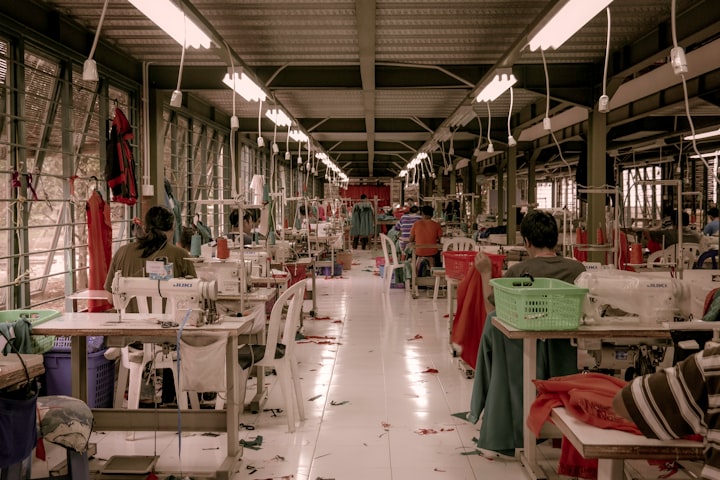Why Your Brand Should Have Sustainable Initiatives
Sustainability is the buzzword of the apparel industry. Consumers are taking actions into their own hands by becoming more informed, changing their shopping habits and attitudes, donating unwanted clothing, and investing in quality rather than quantity.

Sustainability is the buzzword of the apparel industry. Consumers are taking actions into their own hands by becoming more informed, changing their shopping habits and attitudes, donating unwanted clothing, and investing in quality rather than quantity.
So, while more and more consumers are turning green, brands are navigating the waters as to how they can adapt to this new ideal as their consumers do themselves.
Some brands achieve the sustainable route and others fail to be sustainable yet create a marketing ploy to their products that seem more sustainable than they are — greenwashing.
To avoid greenwashing and failing at the sustainable route, consider taking the next step in your brand with sustainable initiatives.
Here’s how:
To call your brand sustainable, you must fit the criteria — that sustainability has been implemented at all stages of production. It is the approach of breaking down your sourcing, manufacturing, and design processes that maximize the benefits of the industry at large, while simultaneously minimizing the impact on the environment as stated by the Sustainable Jungle. Here are six sustainable initiatives to adapt to your brand.
Triple Bottom Line
Consider implementing a triple bottom line framework. This framework will measure your company’s economic value, the people’s account, and the planet’s account.
Within these three parts of the framework: ecology, economy, and equality, can advance your goal of sustainability as said by the CFDA. The triple bottom line goes beyond your brand’s financial success rather than focusing on social and environmental issues the CFDA added.
Circular fashion
Circular fashion is the vision where brands focus on the various stages of their garments — production, creation, utilization, and reutilization and intend to keep garments in use. As Circular Fashion says for themselves, “let’s enable the products of today to become the resources of tomorrow.”
Through Circular Fashion, clothing brands can help them achieve their goal of sharing textiles that are recycled. Join the brands already working toward the future of circular fashion — Ganni, H&M Group, The Slow Label, and Bestseller.
Eco-fashion
Eco-fashion is short for ecology. According to Nature’s Path, eco-fashion is an initiative that minimizes its impact on the environment, the health of the consumers, and the working conditions to produce their garments. Eco-fashion brands center around the idea of organic cotton, durable fabrics, recyclable fabrics, and plant-based dyes.
It will be impossible to be 100% sustainable because garments do take water and energy somehow, but the route of eco-fashion is better than nothing at all.
Ethical fashion
Ethical fashion is good for the planet, the people, and the animals by reducing its impact on all three of those. Good On You is a company that does the rankings for you; they choose whether the brand fits the criteria of ethical fashion. How they rate fashion brands’ ethics are assessing their impact on the people, the planet, and the animals.
Startup Fashion says you can do better with your brand by becoming ethical through using eco-friendly, sustainable textiles like hemp, bamboo, wool, Tencel, and more. Also, use upcycled garments to create new pieces of clothing, which is a form of circular fashion. Finally, make the switch to natural dyes.
Locally produced fashion
Have you considered sourcing your clothing from raw materials made in the same country as it is produced, packed, and sold? Consider locally produced fashion because, in the long run, it can reduce waste and carbon footprint than going overseas.
According to VIPOP, a benefit of becoming locally produced is eliminating the amount of fuel burnt to produce a garment. Another positive to locally produced fashion is that brands can create smaller batches, which use less water, fewer dyes, and less harmful chemicals that go back into the water.
Slow fashion
When you think of Shein, Fashion Nova, Forever 21, and Missguided, one word may pop into your head — fast fashion. Brands are trying to avoid the havoc that comes with this term, but what about the opposite — slow fashion?
Slow fashion is brands that create timeless pieces rather than trendy ones. The garments are locally sourced, produced, sold, and often made to order. Slow fashion is found in local stores rather than huge chain stores. Also, slow fashion brands consider how their garments are made with high quality, sustainable materials like linen.
Consider these six sustainable initiatives to turn your brand around in the sphere of the fashion industry.




